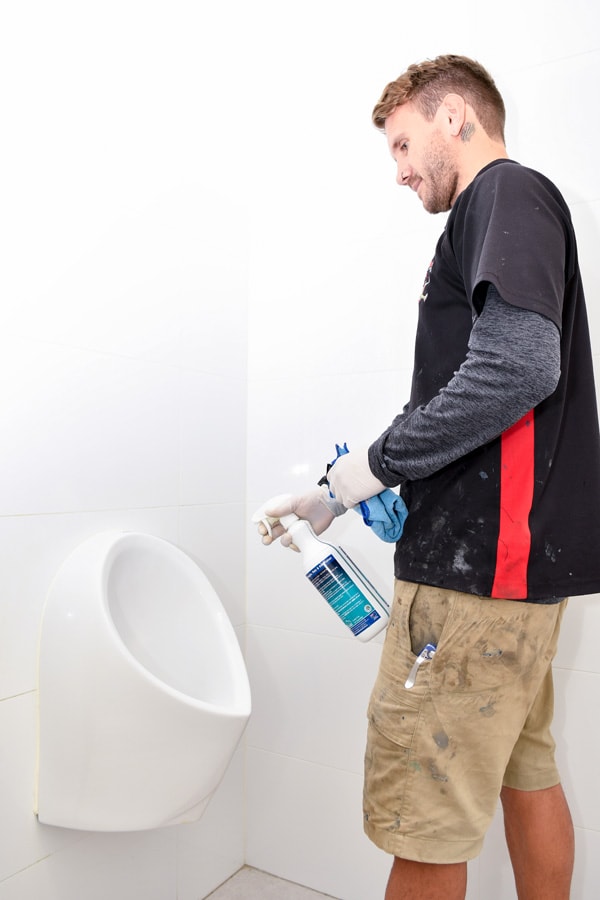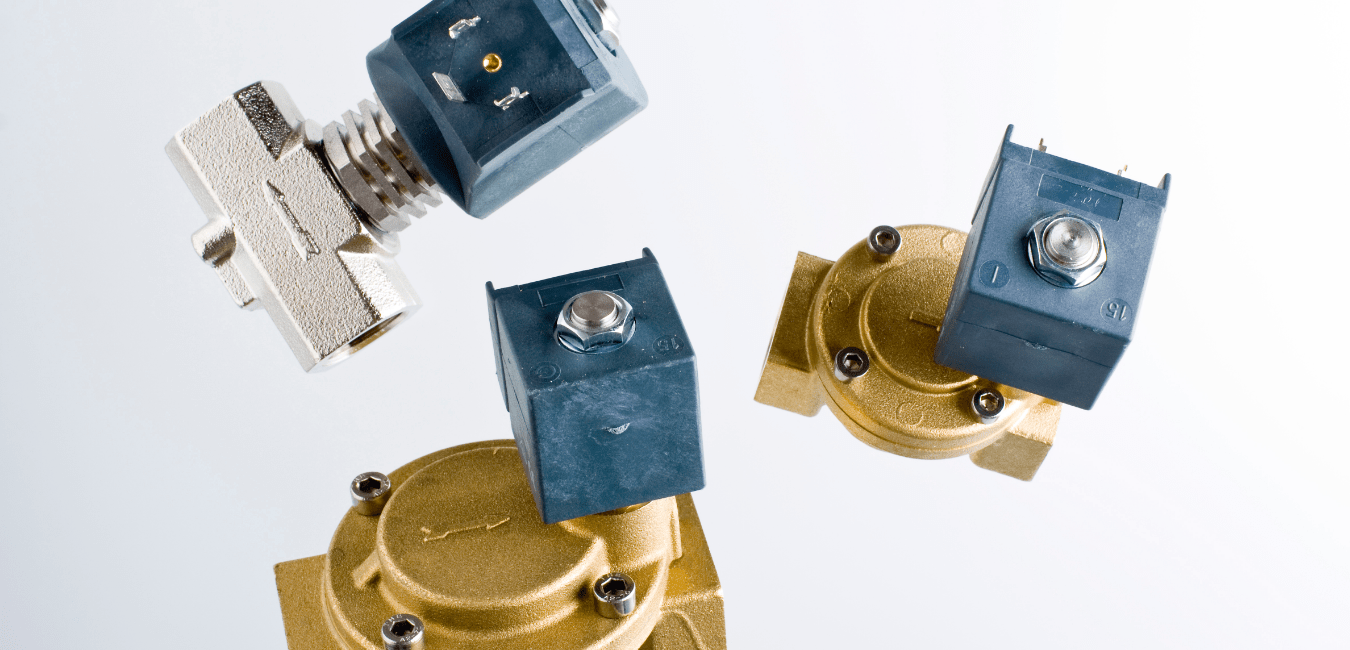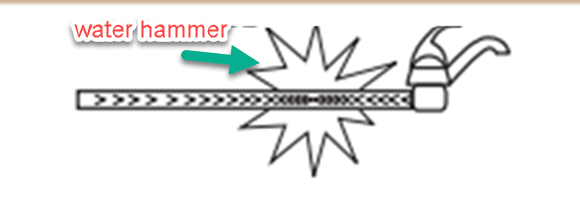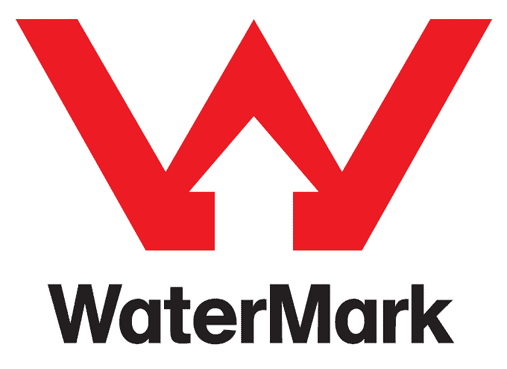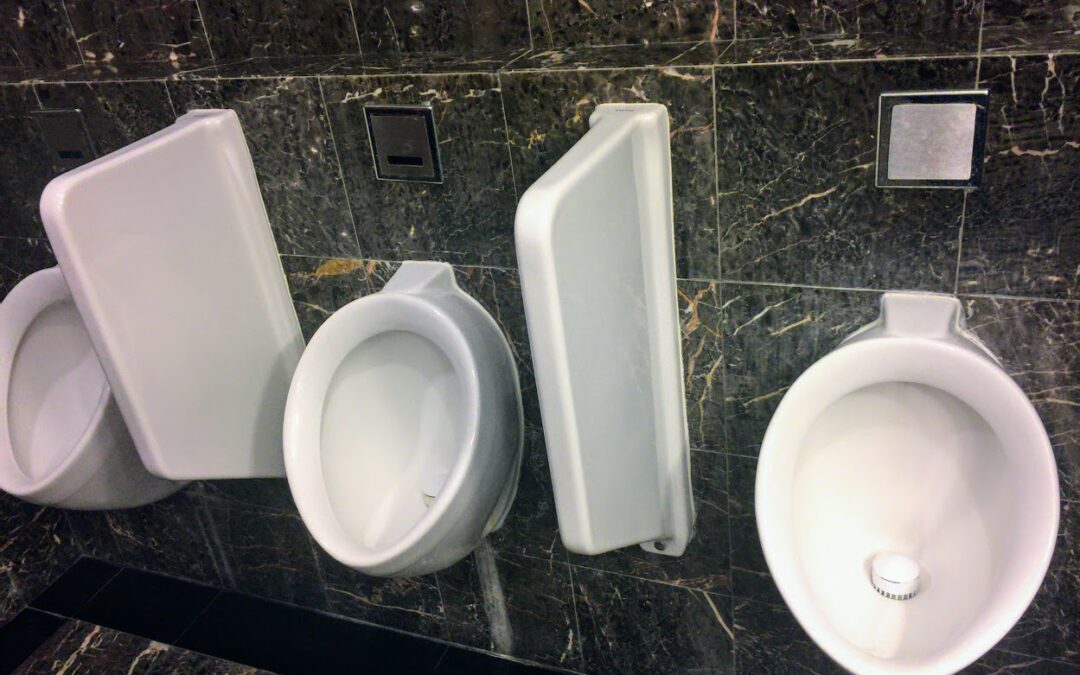
Urinal Odours
Urinal odours are not acceptable
Urinal odours are too often just accepted by commercial building owners and managers. However, the reality is urinal odours should not be accepted. Most urinal odour issues result from a failure to undertake correct maintenance, and rectifying is a process of elimination.
Solving urinal odours can be time-consuming if you don’t employ an experienced plumbing company to investigate the cause of the odours. Seldom are the odours a urinal issue.
The first step in solving that infamous male public bathroom is to pinpoint the source of the odour.
Only after the source of the odour is located can the best method for eliminating the odour commence.
Your male bathroom facility should be odour free
Male public bathrooms that have the distinctive urine odour generally only have that “lovely” odour for four main reasons:
-
substandard air extraction and ventilation
-
substandard cleaning procedures
-
floor waste traps that are poorly maintained
-
urinals that are not regularly serviced and maintained
Substandard air extraction and ventilation
It is common practice for a public bathroom to have mechanical ventilation. However, poorly performing ventilation systems that remove little air create hot and humid bathrooms.
A simple trick to check the extraction fans are working is placing a piece of toilet paper over the grate. You have a problem if the paper is not sucked into the grate and falls to the floor.
If you believe you have poor air ventilation, you need to have it checked over by your air conditioning service company.
Substandard cleaning procedures
Short-cut cleaning procedures are the most common cause of urinal odours.
Frequently, this results from poor cleaning and the use of cheap chemical cleaning products such as bleach-based products.
Poor cleaning procedures are easy to detect, with brown stains in and around the urinal. Usually, there will be urine stains on the floor because many males are bad shots.
Ensuring your cleaners receive training on cleaning urinals correctly will solve multiple odours and presentation issues in a public bathroom. Trained cleaners combined with the use of good quality urinal cleaning products such as Aquatemp Spray & Go Urinal Cleaner & Deodoriser will significantly reduce urinal odours.
Odours emitting from the floors around urinals are common, especially with water-flushing urinals. This is created by water mist combined with urine settling on the floor in the tile grout. If the floors are not cleaned correctly, this bacteria will multiply continuously and rapidly. Cleaning the floors with specialist bathroom cleaning products that are not bleach-based will eventually eliminate urinal odours in the floor tiles.
Odour-creating bacteria breed and flourish in water. It’s been scientifically proven that public bathrooms with waterless urinals have significantly lower bacteria counts than those equipped with water-flushing urinals.
Floor waste traps that are poorly maintained
Floor wastes in a male public bathroom should only be connected to the basins. Disappointingly this is not always the case, especially in older buildings.
One of the first things to check when locating the source of urinal odours is to check that the urinals are not connected to a floor waste. If the urinals are connected to a floor waste, then you need to install a one-way valve into the floor waste to stop odour emissions.
Another common odour issue with floor waste drains is that the grates and pipes are never cleaned, allowing bacteria buildup. Frequently this will be accompanied by poor ventilation, which helps the odour-causing bacteria to multiply and thrive.
Once again, this links back to correct cleaning procedures when cleaning the floors. That is why we recommend cleaning the floors with specialist floor cleaning products that do not contain bleach which will eliminate urinal odours in the floor tiles and floor waste grates.
Urinals that are not regularly serviced & maintained
Many building owners and managers either fail to maintain their urinals or outsource their urinal servicing to cleaning and hygiene companies to reduce costs.
Not maintaining urinals only ensures you will create more significant problems later.
Outsourcing urinal servicing to cleaning and hygiene companies is illegal as they cannot do any work on urinals besides cleaning them.
All urinals must be serviced and maintained correctly and legally compliantly as per the WaterMark certification for the urinals in accordance with the manufacturer’s instructions.
Only plumbers are licensed to undertake urinal servicing by the Queensland Government plumbing regulator, the QBCC. This is because the QBCC are legally required to protect public health and safety under Queensland’s plumbing and drainage licensing system.
Once again, far too many building managers will outsource urinal servicing to companies such as Desert Eco Solutions. Instead, Desert uses cheap, inferior substitute parts that guarantee you will experience urinal odours.
Under Queensland law and the WaterMark approval system on all urinals, it is illegal to use substitute parts. This means any parts, not the genuine WaterMark, tested and approved components for each urinal model under their WaterMark approval.
How to prevent urinal odours
At Whywait Plumbing, we are specialists in ensuring your bathroom facilities and urinals are in a healthy environment.
Our product range and specialised services ensure your urinals are compliantly maintained, hygienic, and have an odour-free experience for your employees and clients.
We guarantee that urinal odours can be eliminated by following the correct cleaning and maintenance procedures.
Specialist urinal cleaning products
We use for all urinal servicing and recommend to all building owners and managers that they use Aquatemp’s uniquely formulated anti-bacterial RTU Spray & Go Urinal Cleaner & Deodoriser. It is a powerful three-in-one urinal cleaner, sanitiser, deodoriser and disinfectant. It eliminates odours and cleans porcelain, fibreglass and stainless steel surfaces with a unique surfactant technology that sanitises and disinfects every surface.
Spray & Go is a powerful disinfectant that kills bacteria and viruses when sprayed onto the urinal surface. It is specifically formulated for all urinals, including Uridan, Caroma, ZeroFlush, Urimat, Arid, Desert, Falcon and most other brands.
Make urinal odours your past not your future
After deep diving into the intricacies of tackling urinal odours, it becomes clear that maintaining a pleasant and odour-free public bathroom is much more than just a regular cleaning routine. Through an intelligent synthesis of modern innovations like Zeroflush urinals, which fundamentally minimise the creation of odours, coupled with meticulous upkeep strategies, we can pave the way to more sanitary and agreeable public bathroom experiences.
It’s an ongoing process, a commitment to hygiene and user comfort. The convergence of modern technology and a comprehensive approach to cleanliness promises a future where unpleasant odours in public toilets are no longer the norm but a rarity.
Let Whywait Plumbing assist you in moving forward with a renewed dedication to fostering public bathroom environments that echo cleanliness, respect, and foresight, embracing practical solutions that are sustainable and considerate to all users.


